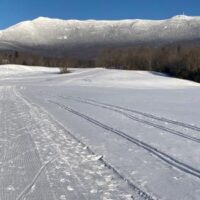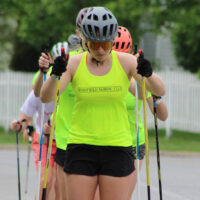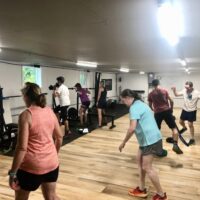Archive | Junior Blog
Garrott Kuzzy re-joins MNC this summer!
I am excited to announce that 2010 Olympian Garrott Kuzzy will re-join our coaching staff this summer. Kuzzy has an exhaustive list of accomplishments as a skier, not to mention his unparalleled enthusiasm for sport and working with youngsters. Garrott will lead bi-weekly rollerskis on Thursday evenings this summer.
Summer Program Registration Link
MNC Summer Training: 10 week session from June 18 – August 24. For questions please contact Tim Weston at tmweston [at] gmail [dot] come or by cell (585)261-8194.
Future Stars: 3 days/wk.
Intro to rollerskiing; running; hiking; strength; games.
Tuesdays and Thursdays, 8:30-10:30am. Saturdays 9:00-11:00 (approx).
Ages 12-13 or with approval
Development Team: 3 days/wk.
Rollerskiing basics; running; bounding; hiking; strength; games.
Tuesdays and Thursdays, 8:30-10:30am. Saturdays 9:00-11:00 (approx).
Ages 14-18 or with approval
Comp Team: 4-5 days/wk
Intermediate- to advanced-rollerskiing; running; hiking; strength; cycling; bounding; games.
Tuesdays/Thursdays/Fridays 8:30-10:30am. Saturdays 9:00-11:00 (approx). Other “bonus training” approx 1 evening every other week.
MNC adds Brendan Copley to summer staff!
I am excited to confirm that Brendan Copley (Colchester HS class of 2012) will help MNC this summer with weekly running and foot workouts on Friday mornings.
In addition to being a great young man and mentor for the athletes, Brendan already has a very impressive athletic background. He was a VT State Champ in running, runner-up in the 1500m (sub- 4:00!) in addition to skiing for Colchester.
In his first year running at D2 Quinnipiac University, Copley was one of the top performers on his team throughout the entire season — setting PR’s of sub-33 in the 10km and sub-26 in the 8km.
http://www.quinnipiacbobcats.com/sports/mxc/2012-13/bios/copley_brendan_bfaz
New Coaches sign-on for Summer!
I am excited to announce that Caitlin Curran (UVM ’12) will join the MNC summer coaching staff, and Juergen Uhl (UVM ’10) re-joins our staff this summer.
Curran was one of the top members of the UVM squad for several years, and recently completed her teaching degree at UVM.
Uhl is a former NCAA Champion and was a standout junior skier in Germany before coming to UVM. He is currently working as an engineer for a local business.
Within the next few days I hope to announce another new coach who will help us with Friday morning running workouts… Stay tuned!!



